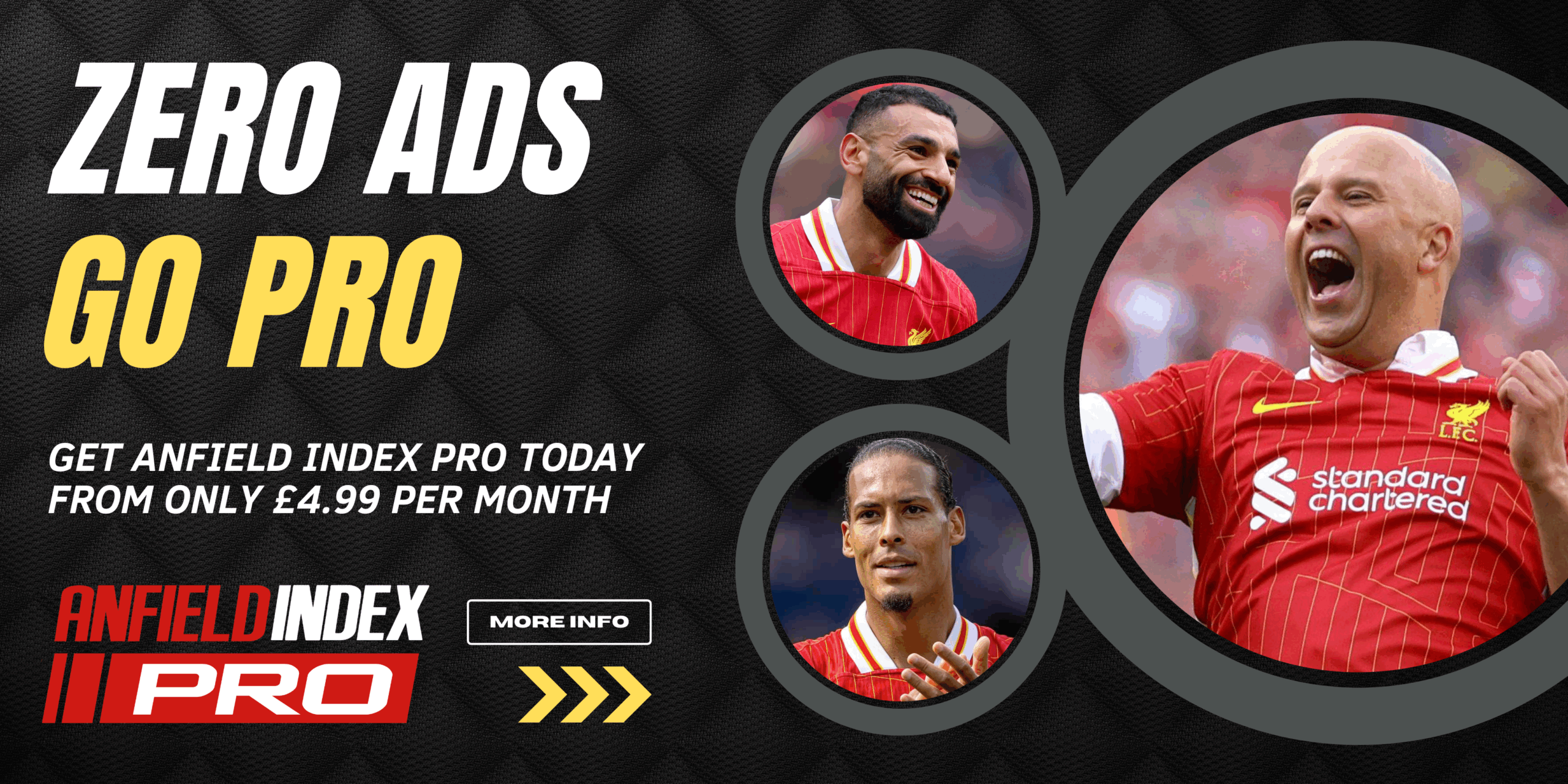Liverpool Football Club has found a renaissance under the astute leadership of Jurgen Klopp, leading the team to the top of both English and European football at seven casino slots. The Reds’ tactical structure is characterised by an intense style of play that combines ruthless pressing, quick transitions and a cohesive team structure. This article looks at the key points and strategies of Liverpool’s gameplay and how they have managed to beat their opponents and constantly compete for major honours.
Pressing and counter-pressing
One of the hallmarks of Klopp’s Liverpool is the concept of gegenpressing or counter-pressing. This tactic is used to regain possession of the ball as soon as it is lost. By doing so, Liverpool can capitalise on the opposition’s lack of organisation.
Key points:
- Intense pressing: Liverpool players carry out coordinated pressing: a striker launches a press and team-mates react instantly.
- Area traps. Instead of guarding players, Liverpool use zonal pressing to create traps all over the pitch. The opposition are persuaded to direct the ball into areas where Liverpool have numerical superiority.
- Counter-pressing triggers: certain triggers signal counter-pressing, such as a weak pass or an opponent receiving the ball with his back to play.
Roles of Alexander-Arnold and Robertson
Alexander-Arnold often acts almost as a playmaker from a wide position. His exceptional passing ability and vision of the pitch allows him to pick out strikers with accurate passes. Meanwhile, Robertson provides width, stretching opponents wide and creating space in central areas for teammates. They also differ in their attacking pattern, with Alexander-Arnold often bursting inside to pass the ball, while Robertson often holds on to the crossbar before making the cross.
The importance of covering the midfield
In order for Liverpool’s defenders to get forward, the midfield must provide cover. Klopp used versatile midfielders who can play a wider defensive role to prevent counter-attacks through the channels vacated by the advancing edge defenders. The dynamic midfield’s ability to move and adapt provides balance and frees up the edge defenders to get involved in the attack.
Flexible front three
Liverpool’s attacking strategy is flexible, with the front three players changing positions and using their movements to disrupt the opposition defence. Although traditionally Salah plays on the right, Mane on the left and Firmino through the centre, these players are not limited to these areas.
Dynamic movement and space creation
Their ability to move across different areas of the pitch makes it difficult for defenders to track them, as these movements often create confusion and space that Liverpool’s midfielders can exploit. Firmino’s role is particularly important as his tendency to drop deep takes defenders out of position, opening up space for Salah and Mane to break inside.
Mastery of the standard position
Liverpool’s attacking threat is further enhanced by their mastery of standard positions. Under the special guidance of throw-in coach and assistant coach Pepijn Leinders, the Reds have turned these situations into genuine opportunities.
Variety and preparation
From Alexander-Arnold and Robertson’s tip-ups to the structured movements of centre backs and other aerial threats, Liverpool’s standard drills are varied and well rehearsed.
Challenge and adaptation
Like any tactical approach, Liverpool’s strategy is not without its challenges. Teams have started to set up deeper against them, allowing less space behind and trying to stifle the creativity of the edge defenders by cluttering up the flanks. Klopp had to adapt by showing tactical flexibility, changing formation from time to time, experimenting with different line-ups or altering press triggers.
Continuous evolution
Liverpool’s tactical prowess is a testament to their ability to evolve. At the heart of Klopp’s philosophy is adaptability, as evidenced by periodic shifts to a 4-2-3-1 scheme or the integration of new players into the team dynamic.
Conclusion
The key aspects of Liverpool’s game under Jurgen Klopp centre around a high-energy pressing system supplemented by edge defenders acting as complementary playmakers, a flexible and interchangeable offensive line, and a standard strategy that is as effective as it is varied.
Their ability to adapt and incremental improvement in tactical nuances kept opponents guessing and fans applauding. In modern football, where strategy as well as skill matters, Liverpool under Klopp have demonstrated how a perfectly planned plan can lead to a symphony of success on the pitch.




